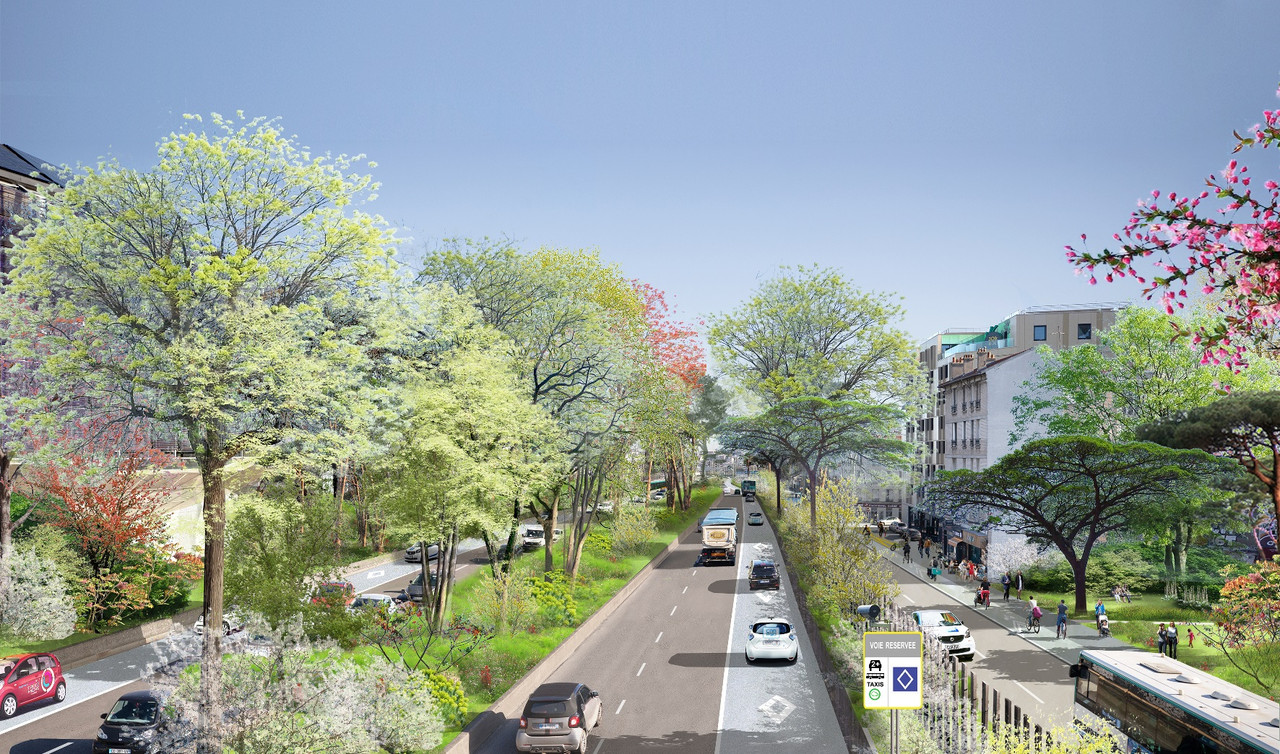I mean Paris has a 6-8 lane highway around the downtown, and while I admit London doesn't have a freeway right to downtown, it does have one to Canary Wharf.
One look at the transit maps of those two metros will tell you what you need to know about how they are configured as well. That comes back to my point from where people are coming from. Pretty much everywhere in both the Paris and London metros are within strong rapid transit coverage, and their entire cities are oriented that way. Paris has a 20% auto modal share.. London 37%. Toronto, 68% (though falling). Toronto's suburbs are closer to 80%. The reality is that most of the GTA isn't very easy to get to without a car.. and that isn't going to fundamentally change within our lifetimes. There needs to be an interface between the downtown and those areas, as there simply isn't another option.
It comes back to my point.. sure, you could demolish it, it wouldn't be world shattering.. the city would move on. I just don't think it's the best idea for mobility and quality of life for the GTA as a whole. Toronto actually doesn't have that much freeway infrastructure in it's downtown. Compared to major US cities, it's puny. Toronto has 6 inbound freeway lanes (10 if you want to count the Gardiner west of the Humber), Chicago has 31. Boston has 23. Washington has 20. Philadelphia, 17. All of those cities have more lanes on one inbound freeway than Toronto does in entirety.









